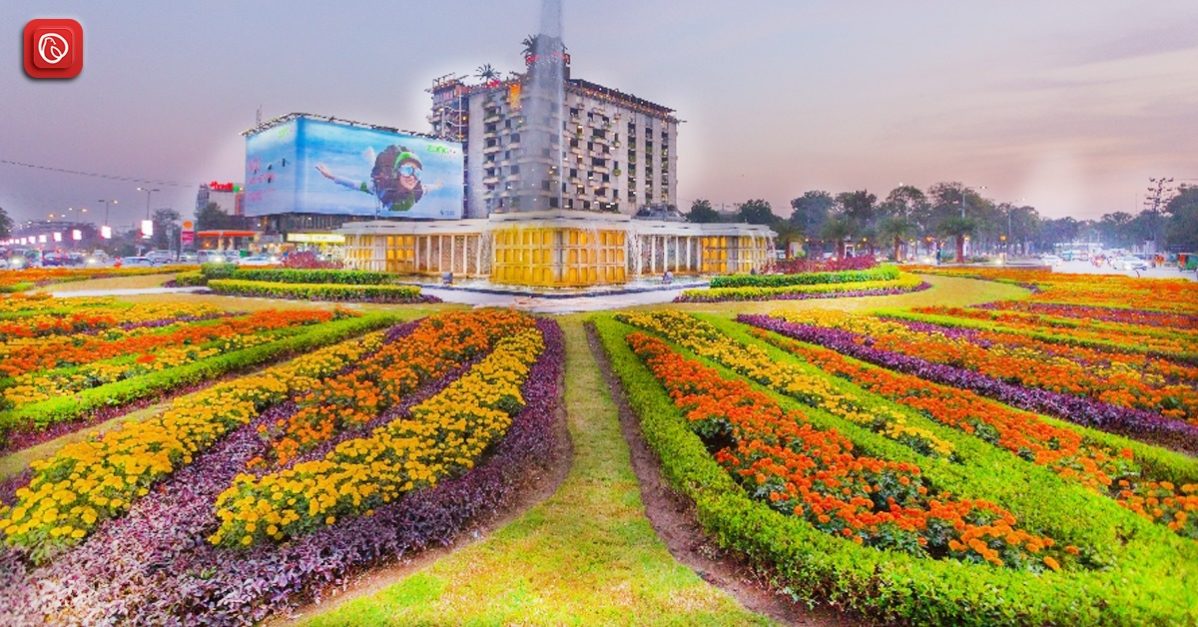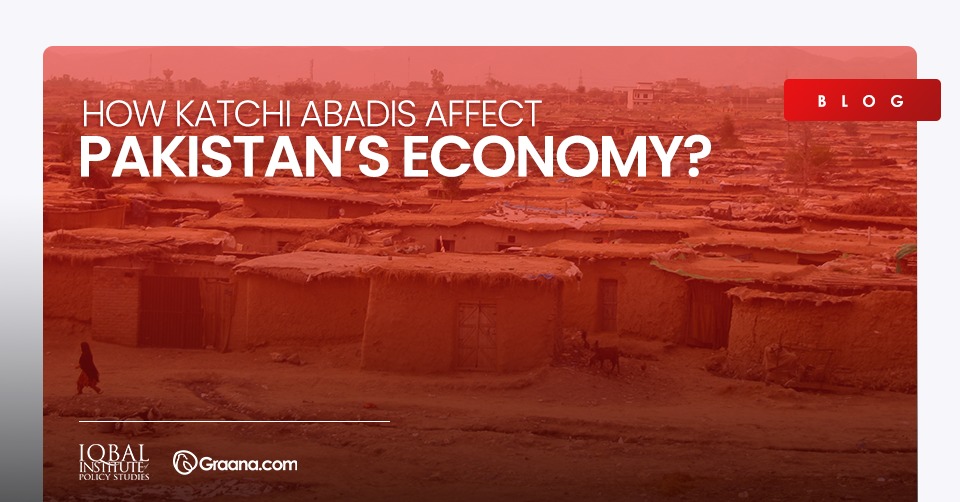It is a common saying that ‘architects are the hands of God’. The embodiment of this phrase can be traced in some of the major metropolises and iconic cities of the world. From barren lands to vibrant cities, architects have a crucial role to play in the development of the cities. Since cities and their designs have a great influence on human psychology, every architect and urban planner attempts to make a city interactive. However, from the example of developing cities, it is observed that the charm of cities has been lost to the urban sprawl – a phenomenon where cities depict a picture of haphazard expansion.
Streets are like arteries of a city, their somberness or their vibrance has a direct influence on the environment of the cities. Graana.com through this blog elaborates that how streets can have a better design. According to the statistics, streets occupy twenty per cent of the total spaces of the cities therefore, this particular aspect needs to be rethought.
Taking Input of Residents
Development always happens in the localized context, whether it is at the micro or at the macro level. For improving the designs of streets, it is necessary that a relationship between urban planners and residents of the city be harnessed. By taking the inputs of residents an urban planner or an architect can understand the norms in a comprehensive manner. Furthermore, community engagement has always remained at the forefront in making the streets and cities more interactive hence, inclusive development inputs of residents is pertinent. Streets are once again taking a major role in the city’s role; a role which had been lost to the development of modernized cities. In certain cases, it has been observed that residents are shown a prototype before finalizing a thing.
Streets for People
A misperception that floats in our mind compels us to believe that streets are meant for cars. This thinking regarding the streets has also permeated urban planning in various countries. As a result, the cities are occupied with cars rather than being a place of interaction among the people. As the thinking over-designing the streets is once again changing therefore, planners are designating spaces for community interaction. Taking the example of Europe, the streets have cafes and sitting areas where the walkers and residents can enjoy their leisure time. Streets in downtowns are considered to be more interactive and inclusive for the residents and negate the wide spaces for the cars.
Significance of Bicycle Lanes
Since streets are a conduit of urban mobility, the street designs shall designate space for bicycle lanes. Not only do the bicycle lanes help to resolve the issues of congestion in the city rather it also has a positive impact on the climate. Since vehicles in the cities are the major contributors of carbon emission in cities, by promoting bicycle lanes in the cities, the temperature of the city can be controlled to a high extent. Owing to the promotion of bicycle lanes, the ecology of the cities can be restored while also improving the health-related issues in the cities. In the United States of America (USA) a study was conducted which found out that obesity in the residents of the streets that promoted bicycling was low as compared to the streets that did not.
Close to Nature
When streets lose spaces to cars the element of nature gets eradicated from the streets. To restore the relationship of streets with nature, it is important that nature be given proper space in the streets. For example, trees not only add to the aesthetics of a street but also act as an air purifier. Such streets can be a panacea to the many health-related issues in the cities. Similarly, the psychological impacts of nature in streets also cannot be ruled out, streets that are close to nature appeal more to the residents and people like to enjoy their leisure time in such spaces. Furthermore, the streets that have more resilience
Streets and Color Schemes
The vibrance of streets is dependent on the colour schemes and their intelligent use. Often, bright paints are considered effective for the streets since they help to attract visitors. Moreover, in a performed experiment it was observed that the bright patches of the streets painted with light blue colour attracted more people as compared to the dull colours. For increasing the appeal of the city it is necessary that a creative colour scheme should be used in the streets.




